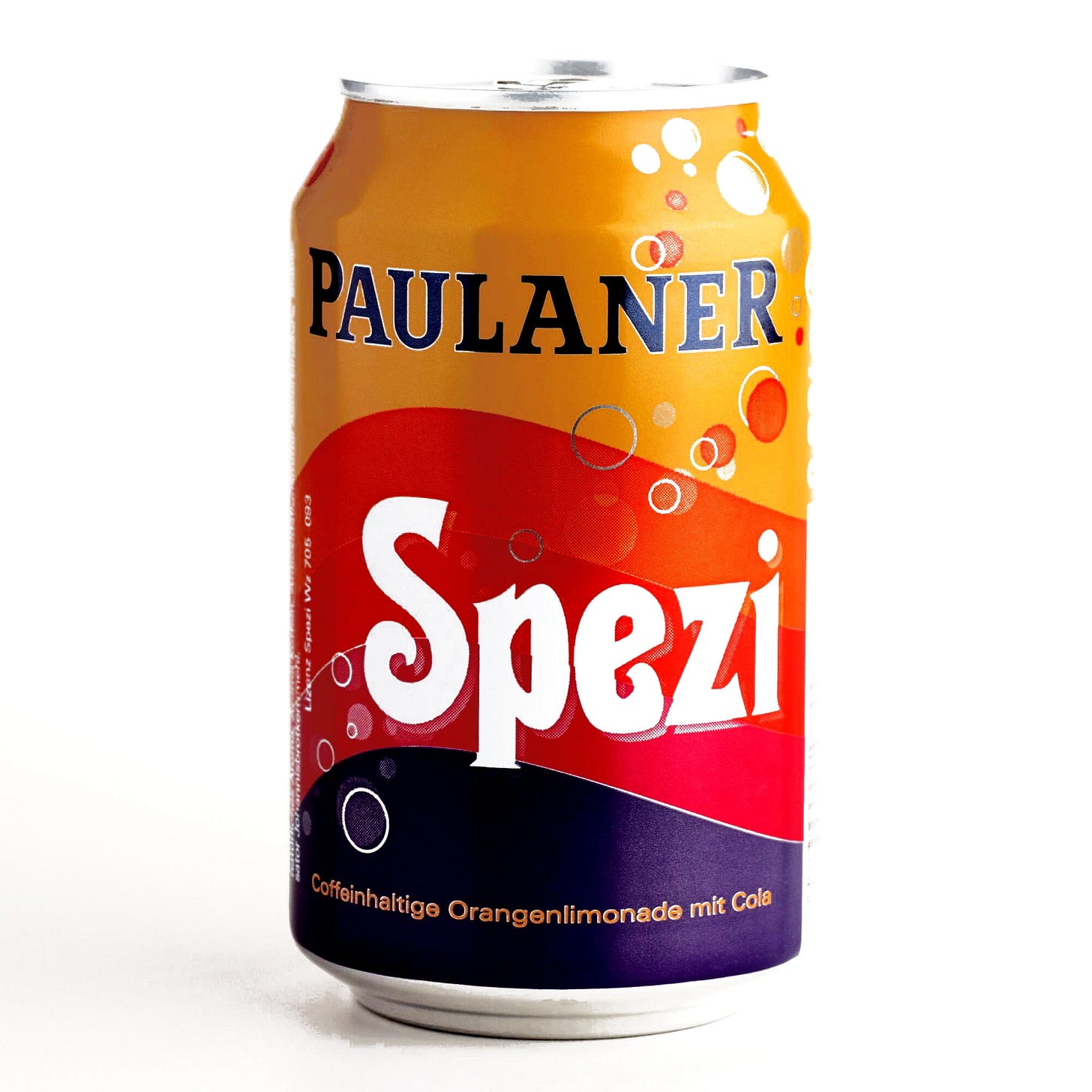Kopfkino - Why visual humour is essential to professional comedians
Like the circles that you find, In the windmills of your mind
Most people have the ability to be funny. When an everyday person is funny, they are usually funny with their words. They are usually saying something unexpected.
“I missed you at the pub last night!”
“Yeah, I was busy shagging your wife!”
Tee hee hee.

These “funny at the office” types might also employ wordplay, puns, sarcasm & irony. The subject matter is largely observational and rooted in easy common subjects such as traffic, sports, shagging ones spouses, drinking and office things and people.
When someone gets to the realm of “very funny”, they might start with characters and impressions, funny voices - an impression of Bob in accounting. Accents, funny walks, funny faces may also come in to play.
But what makes someone “hilarious” and “hysterical” ? It’s something I often wonder, it’s the point behind this whole Stack. When you see professional stand-ups, they will still use funny office humour, but if they’re good, it will only be small pebbles on the road to something much bigger that you couldn’t possibly predict, something so surprising and imaginative it stays with you for years. If they are great, they will only use office & dad jokes, ironically as if to say “Imagine if I was the kind of unimaginative, pedestrian dickhead who would rely on simple wordplay for a joke!”
To me there are 2 important components that make someone genuinely funny. That is, not just funny by the standards of the average human, but funny by the standards of people that are funny for a job.
Know exactly how you are perceived by other people.
This can’t be an exact art, you can’t ever know what someone else is thinking. Even if you were to ask someone they’d probably lie a bit. As a performer, you have control over that at least while you are on stage. You can have a rough idea for performance purposes. This gets easier and easier over time with the more stage time you get. When you are on stage, look out for the moments people laugh but there wasn’t a punchline. This should point you in the direction of the moments where you are being peak “you”. This is what I call “additude” and you can read more about it here.Use as few words possible, create a large and imaginative “kopfkino” for the audience
Kopfkino is one of those special words that only exists in German like Schadenfreude and Spezi.
It literally means “head cinema”, and it’s basically a fancy way of saying daydreaming. I’m using it here because it’s one of the 30 German words I know, and I am pretentious. Your jokes should trigger all 5 senses in your audience, yes even smell! Your jokes should reek! This is why I have always said to have an emotional connection to your subject, because you should be able see all of your jokes in vivid detail, and it’s down to your level as an artist to be able to convey that same image to your audience. Just like in any artform, the skill is being able to vividly convey your mental image to another person and make them think and feel just as you do. What makes something funny, is that it’s surprising, this we have been over. But for whatever reason, if the audience member has to fill in details themselves it makes the surprise gidyingly surprising.
Great writers like John Mulaney can create vivid images in your head with few words, such as a horse babysitting a dog. What’s even more skilful is that heightens to this point fast enough that we’re never bored, but slow enough that it’s all believable.
Nobody does visual humour better than Bamford. Not only can she do amazing specific act-outs that set the scene in your head right away, but she has an incredible visual imagination as demonstrated in the latter part of this bit.
Tomorrow arrived!





